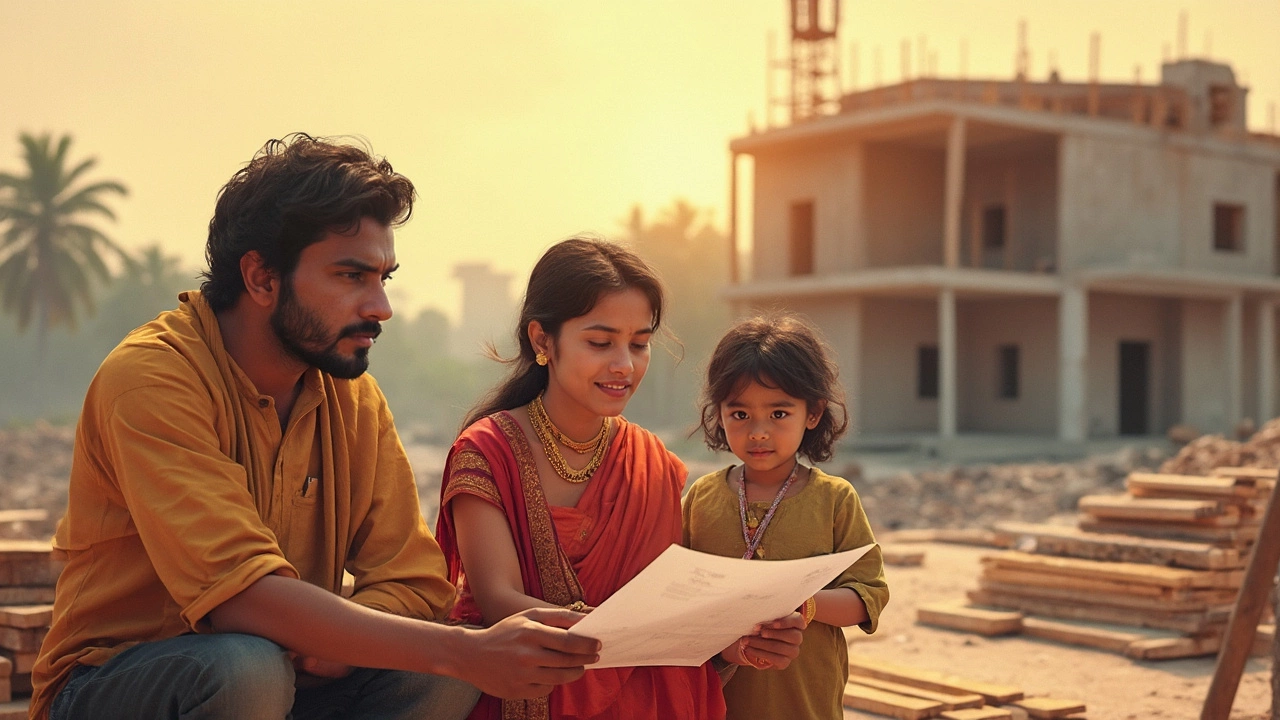Building vs Buying: What Really Saves Money and Time?
When you're choosing between building vs buying, the decision between constructing a new home from scratch or purchasing an existing one. Also known as new construction vs resale, it's not just about price—it's about control, time, and what you're willing to tolerate during the process. Most people think buying is cheaper, but that’s not always true. Building lets you pick every detail, but it also means dealing with delays, permit headaches, and surprise costs that can add up fast. Buying means moving in sooner, but you might end up spending just as much fixing old plumbing, outdated wiring, or a foundation that’s slowly sinking.
Let’s talk about construction costs, the total money spent to create or upgrade a home, including materials, labor, permits, and unexpected overruns. A 2000 sq ft house in Massachusetts can run over $400,000 to build, while a similar existing home might sell for $350,000—but that $50,000 gap often disappears once you factor in a new roof, updated HVAC, or a kitchen that needs a full redo. And if you’re looking at a new build in California, prices climb even higher, with land and labor eating up nearly half the budget. Meanwhile, older homes come with charm but also hidden problems: mold in new builds isn’t always the builder’s fault—it’s often from rushed drying, poor ventilation, or materials that never had time to breathe. That’s something you won’t see on a Zillow listing.
Then there’s builder warranty, the protection offered by homebuilders covering defects in materials and workmanship for a set period after closing. If you build new, you get this—usually one year for workmanship, ten years for structural issues. But if you buy an existing home, you get zero protection unless you pay for a home inspection and negotiate repairs. And here’s the catch: even new builds can have serious foundation issues, like cracks from improper soil prep or uneven settling. One homeowner in Massachusetts spent $18,000 fixing foundation problems just six months after moving in, all because the builder cut corners on drainage.
It’s not just about the numbers. It’s about your life. Building means waiting 8 to 12 months before you can hang a picture. Buying means unpacking in weeks. But if you hate the layout of every resale on the market, or you want solar panels, smart wiring, and zero asbestos, building gives you that power. On the flip side, if you’re tired of dealing with contractors, permits, and site visits, buying lets you skip all that. The real question isn’t which is cheaper—it’s which fits your tolerance for chaos.
Below, you’ll find real breakdowns of what costs what in 2025, what to watch for in new builds, how to spot a shady contractor, and whether remodeling might be the smarter middle ground. No fluff. Just facts from people who’ve been there.
Is Building a House Cheaper? Full Guide on Costs, Customization, and Smart Decisions
Is building a house financially smart? Explore the real costs, hidden challenges, and tips to save money when deciding whether to build or buy in 2025.
Learn more...